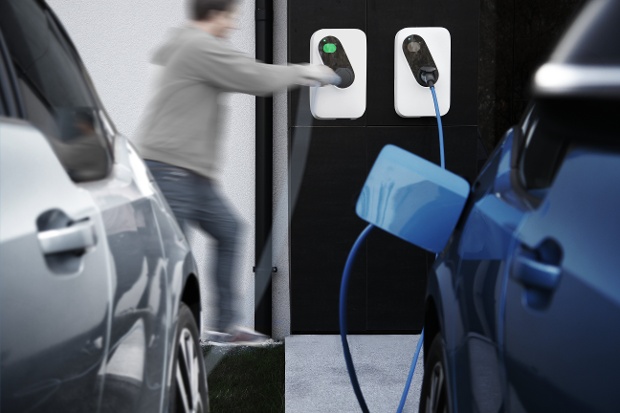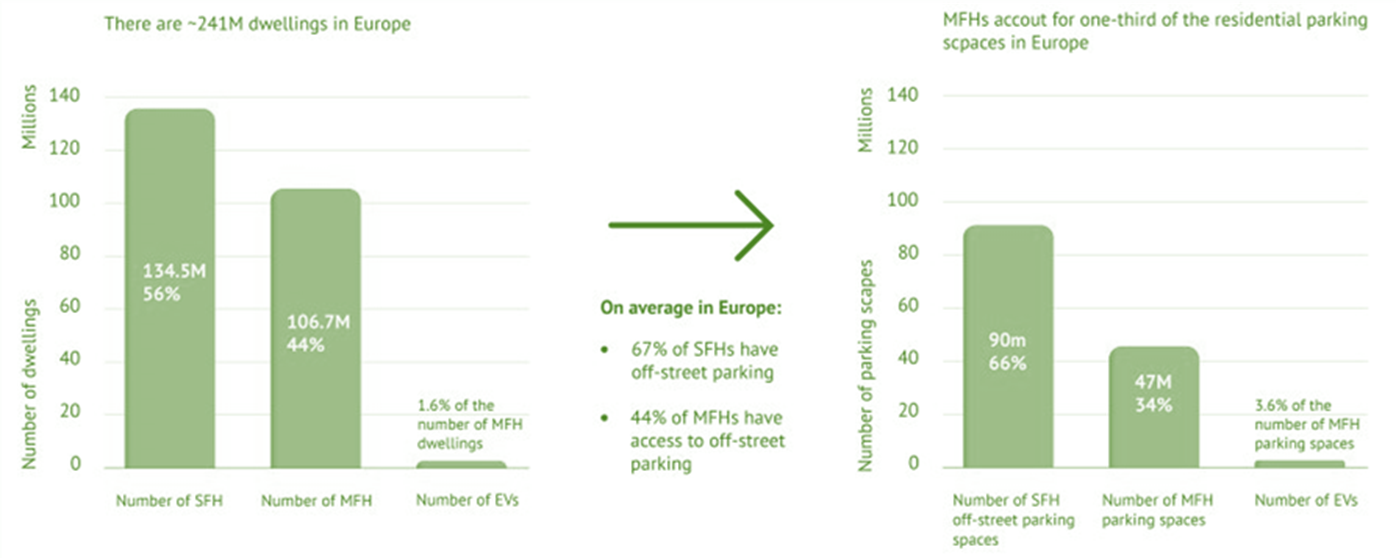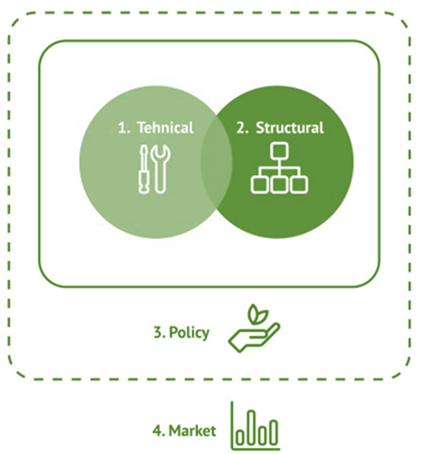 As the number of EVs increases, so does the need for EV charging infrastructure. However, setting up such infrastructure can come with various challenges, which unfortunately is especially true for residential areas where there is an additional set of questions; who can charge on certain charging points and when, as well as the process of obtaining the appropriate permits and documentation to install the charging station.
As the number of EVs increases, so does the need for EV charging infrastructure. However, setting up such infrastructure can come with various challenges, which unfortunately is especially true for residential areas where there is an additional set of questions; who can charge on certain charging points and when, as well as the process of obtaining the appropriate permits and documentation to install the charging station.
According to Delta Energy & Environment, 2020 there are approximately 47 million multi-family parking spaces in Europe, just under half of the total dwellings and one-third of Europe’s residential parking spaces.

The good news is that all new and thoroughly renovated residential buildings with more than ten parking spaces must be equipped with appropriate pre-wiring for a charging station in each parking space, based on the EU Energy Performance of Buildings Directive. For commercial buildings, 20% of parking spaces must be pre-wired. Similarly, as in the EU, as of this year, all new homes and buildings in England will be required by law to install electric vehicle charging points; this is also true for buildings undergoing major renovations, new-built supermarkets, and workplaces.
Challenges for multi-family parking spaces
The challenges of multi-family housing can be segmented into the categories below but vary from market to market (Delta Energy & Environment, 2020):
- Technical challenges: physical installation and operation of the EV charging infrastructure (e.g. amount of power available for charging, length of wiring, etc.).
- Structural challenges: challenges related to the property’s organization and set-up (e.g. EV driver getting permission to install a charging station).
- Policy challenges: regulation, legislation, and policy which can be either the driver or the barrier (e.g. governmental initiatives or regulations regarding installation of charging stations).
- Market challenges: market specific challenges related to the EV or multi-family markets (e.g. low penetration of EVs had created insufficient demand for charging stations in multi-family homes).
If the parking spaces are already pre-wired and protected by the property rights, no major issues should be expected when installing an EV charger, since the developer is usually the manager of the building, authorized by by the unit owners, and each owner of the parking space is responsible for acquiring a charging station themselves. Note: in some cases, the installation of a charging station may require the consent of the residents of the building.
However, if the parking spaces are not proprietary, but belong to and shared by the entire residential building, the matter may not be so simple, due to insufficient legislation (see: Parking spaces with multiple owners).
If residents decide to purchase charging stations that enable load management, they can enjoy the benefits of the latter.
Parking spaces with multiple owners
A single parking space does not have only one owner and can be used by any resident of the block. In this case, the legislation is usually the most deficient. Indeed, it could happen that a single resident prevents the installation of the charging infrastructure, as the legislation often requires 100 % consent of the residents. In this case, a joint solution with the rest of the residents must be found. It is therefore recommended that in such a case, the charging station provider contacts the community manager, to discuss how to prepare the installation so that it can be scaled in the future. The building manager will also be responsible for measuring the energy consumption; however, the charging station needs to enable user management/identification in order to do so.
Insufficient amount of parking spaces
Accessibility to off-street parking varies across Europe. In Spain, for example, the number of public charging stations per EV is higher than in Norway, the leading market for charging infrastructure utilization. This is because Spain has less off-street parking and fewer residential charging options for EVs, while Norway leads in residential charging. Let’s face it, experiencing a lack of parking spaces is far from unusual. Drivers are often forced to park in a public parking lot. The solutions for EV charging in this case are quite limited. It is a good idea to involve charging service providers who obtain the consent of property owners – usually municipalities or residents, to set up this infrastructure, similar to to the way public charging infrastructure is set up.
However, charging services in this case can only be provided by companies that offer public charging services. In cases where drivers need to park on the side of the road due to the lack of parking spaces, the potential charging infrastructure requires a lot of attention and proper planning, as well as the right technical solutions, which is why it is right for the municipality to commit to it. In some cases, one of the solutions for local companies that have their own charging stations in the area to make them available to the public overnight thus increasing the efficiency of their infrastructure.

Final thoughts
In summary, equipping residential areas with EV chargers remains a challenge due to the long process for installation, lack of electricity supply or/ or parking in residential areas, multiple ownership of parking lots, etc. The good news is that legislation in the EU now requires all new buildings, commercial centres, and workplaces to provide the infrastructure to install charging stations. Many European governments, as well as the UK, are offering incentives in the form of grants, tax deductions or rebates to encourage the mass adoption of electric vehicle charging stations.
INCH AC charging stations are OCPP-compliant and come with an LCD screen which comes in handy for multiple users of one charging station (user identification via PIN code or RFID, app or SMS). Locally produced energy from renewable sources such as Photovoltaics can be used for faster and more economical charging, resulting in more convenient, carefree, and clean home charging.
Last but not least, INCH chargers enable load scheduling (time shifting, peak shaving), which is mandatory for all charging stations installed in the UK, allowing charging time to be shifted according to driver or utility needs, supporting flexibility/demand.






